Wayne Wallace: Seizing Moments of Epiphany
by Susan Frances
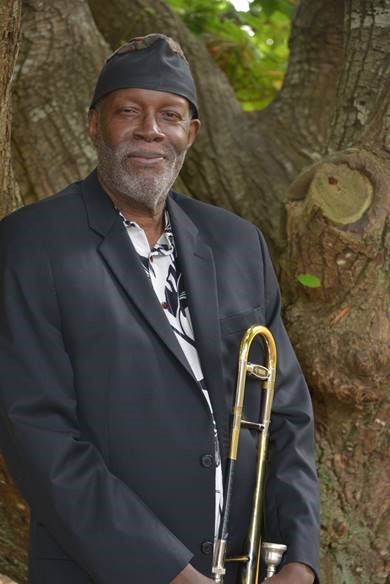 Many people have experienced an epiphany. They come while alone with one’s thoughts, doing a mundane task like taking a shower, walking to work, or vacuuming the rug, and suddenly, Eureka, a solution to a problem at work, at home, or with the family manifests in the mind. Problem-solving-answers have a way of entering a wandering mind at the most unexpected moments. It’s a quality that human beings possess, and a quality that trombonist-band leader-composer Wayne Wallace takes advantage of when they come to him.
Many people have experienced an epiphany. They come while alone with one’s thoughts, doing a mundane task like taking a shower, walking to work, or vacuuming the rug, and suddenly, Eureka, a solution to a problem at work, at home, or with the family manifests in the mind. Problem-solving-answers have a way of entering a wandering mind at the most unexpected moments. It’s a quality that human beings possess, and a quality that trombonist-band leader-composer Wayne Wallace takes advantage of when they come to him.
Wallace learned to seize those moments when an epiphany strikes him to foster his songwriting acumen. He reveals how performing a simple, everyday task spurred something epic while his mind wandered into contemplating how to re-imagine Paul Desmond’s iconic composition “Take Five.” In a press release, Wallace discusses the workings of his creative process. “The ‘Take Five’ arrangement ‘literally came to me when I was pulling weeds out of my garden.’ When you slow the rhythm enough, you can better see the speed of thought.”
He regards, “This one is my all-time favorite jazz song,” referring to Desmond’s timeless classic. “The melody is memorable and the song itself propelled the jazz paradigm. The challenge of covering ‘Take 5’ was to add something relevant that would inspire the listener to re-visit the original. By recording an Afro-Cuban version with clave patterns I feel like we expanded the song without diminishing its musical intent.”
Acting on this manifestation that came to his mind while gardening, Wallace takes the composition into new territory, choreographing something epic by infusing Afro-Cuban elements into the jazz standard. The impetus to tweak the motifs, which are set in the global psyche due to a variety of musicians playing and performing the melody for over 60 years, is rooted in his affinity for African-based folkloric music.
He synopsizes, “The nuance and groove of African diasporic rhythms at their core are conversational. The interaction of this music is an open-ended well-spring for improvisation and composition. I am also inspired by a variety of folkloric styles of the Americas.”
Building on his musical inspirations, he shares, “Some of my major influences of composer/arrangers are: Chucho Valdez, Heitor Villa Lobos, Ástor Piazolla, Hermeto Pascoal, Dizzy Gillespie, and Tito Puente to name a few of the many greats. I found that all of these musicians had strong backgrounds in classical music, jazz and folkloric styles. Their music spoke to who they were as people and affirmed their cultural roots.”
His new recording The Rhythm of Invention with his quintet reflects Wallace’s unique creative process, which stems from acting on sparks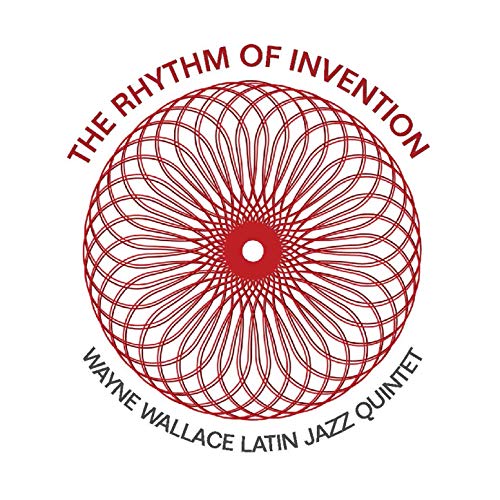 of creative expression when they strike him and listening to his musical inspirations. His ability to take advantage of an epiphany and apply those Eureka moments to germinate ideas for creating music make him an inspiration for others of his ilk.
of creative expression when they strike him and listening to his musical inspirations. His ability to take advantage of an epiphany and apply those Eureka moments to germinate ideas for creating music make him an inspiration for others of his ilk.
“As opposed to writing a book,” he submits, “I wanted The Rhythm of Invention to be an aural statement of my take on inspiration in life.”
Opening up about the title of the recording, Wallace examines, “In envisioning a recording project, the emotional and visceral content are the main priorities for me. I want the listener to be challenged by an original composition but also be able to hear a different take on a standard song from the lens of another genre or style.”
He offers an example. “On The Rhythm of Invention, we do a version of cornetist/pianist Bix Beiderbecke’s ‘In A Mist.’ Traditionally interpreted in a ragtime/swing on solo piano, the instrumentation here is orchestrated for the quintet with a string quartet. The main rhythmic body of the song is in the Colonial Cuban style of Danzón combined with the Afro-Cuban folkloric rhythm Afro and a little bit of ragtime influence.”
Sharing Wallace’s vision to use Afro-Cuban rhythms to revitalize classic tunes is his quintet, comprised of pianist Murray Low, bassist David Belove, drummer/percussionist Colin Douglas, and conga player Michael Spiro. He imparts, “We have known each other from working in the San Francisco Bay Area (Pete Escovedo’s Latin Band and John Santos and the Machete Ensemble.) We share a common admiration for music from the African diaspora (Cuba, Puerto Rico, Brazil, R&B) and wanted to make a vehicle to explore those styles within a jazz-based format. With a shared musical and social vocabulary, it was a natural evolution of becoming a performing ensemble.”
Wallace describes his role as the leader of the quintet as needing to tap into his intuitive nature to bring out the members finest qualities. “For me being an arranger and composer is a process that constantly renews itself. When writing/arranging for the quintet, my goal is to tap into each member’s unique instrumental abilities and their musical characteristics. The Rhythm of Invention is an attempt to document the energy an audience experiences from our live performances.”
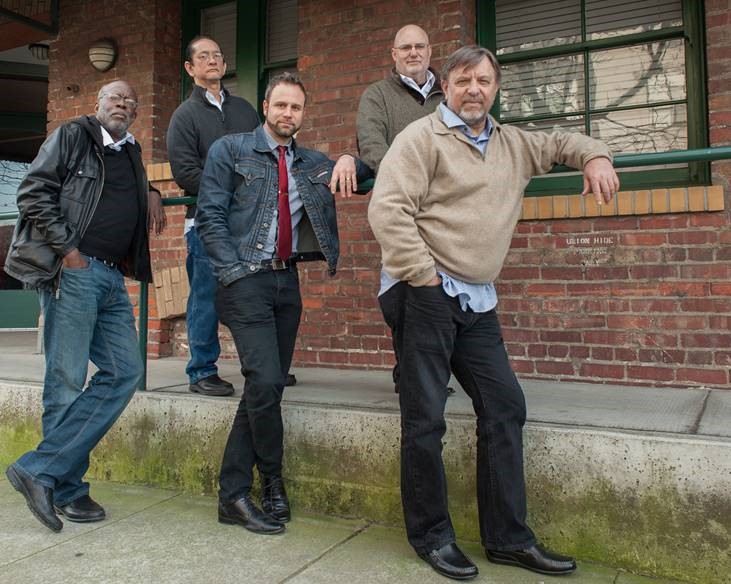 The quintet’s live performances might be few and far between, but their bond transcends being together day and night as Wallace notes, “Because most of the band members teach full-time, touring has been a challenge. We have several performances lined up. As of this time, we don’t have a formal tour scheduled. I attempt to make a performance inclusive for the audience. My goal is to make the concert as much of a personal experience as possible.”
The quintet’s live performances might be few and far between, but their bond transcends being together day and night as Wallace notes, “Because most of the band members teach full-time, touring has been a challenge. We have several performances lined up. As of this time, we don’t have a formal tour scheduled. I attempt to make a performance inclusive for the audience. My goal is to make the concert as much of a personal experience as possible.”
Working, performing, and living in the San Francisco Bay area also has a strong influence on crystalizing Wallace’s surges of creativity as he points out, “The luxury of living in any coastal city is the exposure to a variety of people and cultures. To be active in the San Francisco Bay Area, it is important to have a level of fluency and musical understanding of as many styles as possible. I have played gospel music to Hip-Hop and everything in between. It is a blessing to have been asked by various band leaders and vocalists to arrange, transcribe and write for their projects. I have worked with musicians from five of the seven continents in a multitude of styles. Working in all of these styles was like studying at an international music conservatory.”
He proudly lists some of the culturally diverse musicians whom he has worked, performed and studied with while residing in the Bay area. They can be found in the bio section of his website here: (http://waynewallacelatinjazzquintet.com/about). They include: “Aretha Franklin, Bobby Hutcherson, Earth Wind and Fire, Pete Escovedo, Santana, Julian Priester, Conjunto Libre, John Santos, Whitney Houston,Tito Puente, Steve Turre, John Lee Hooker, Con-funk-shun, Francisco Aguabella, Manny Oquendo and Libre, Max Roach, and Orestes Vilató.”
Wallace took his role as a torchbearer of Afro-Cuban jazz and improvisational music to the next level by starting Patois Records to offer a springboard for Latin jazz artists. “I started the label in 2004,” he recalls, “because I felt I needed to pursue and expand my musical vision to a wider audience. As time went on I wanted to provide an outlet to artists who might be otherwise over looked to promote their artistic vision.”
“As a record label,” he cites, “Patois Records is dedicated to support the growth and perpetuation of improvisational music that pushes the pre-conceived parameters of jazz and its related/unrelated forms. The organization is committed to record, codify and promote improvisational music.”
Adding to his dossier of culturally diverse artists is vocalist/rapper Akida Thomas and bass clarinet player Mary Fettig. Each contributed to the title track on The Rhythm of Invention as Wallace proclaims, “Akida is an old soul. He is a rapper, composer and record producer with a strong affinity for jazz and Old School R&B. When I asked him to write for The Rhythm of Invention, he came up with the rap/text in the studio that day. The musical conversation between Akida and Mary Fettig on bass clarinet was done in one take. For me, it embodies and solidifies the message of the song.”
One recurring trait about Wallace’s epiphanies is that they are not all the same. His vision changes for each track. For instance, the track “So Softly” on the recording is Wallace’s mashup of Miles Davis’s work “So What” with Sigmond Romberg and Oscar Hammerstein’s standard “Softly as in a Morning Sunrise.” The combination is an example of Wallace’s agile mind, concocting something greater than what the two parts that make it achieve on their own. Similarly, to oxygen and hydrogen, when combined they make water while on their own, they are simply gases. When the two compositions are sewn together, they create something greater than what they are alone.
“The idea to combine them arose from one of the Latin Jazz Quintet’s earliest experiments,” he explains, “in which the band presented these two songs as a medley. After time, I found that the bass line to ‘So What’ led naturally into the melody of ‘Softly As A Morning Sunrise’ and that the two melodies worked conversationally without detracting from each other. I was inspired by the idea of re-imagining them as a mashup. Once I had the framework for the mashup, the reconfiguration for the instruments fell into place. For example, the chord changes for the piano solo is a reharmonization of ‘Softly As A Morning Sunrise,’ and the trombone solo is a 5 bar pattern extrapolation of the chord structure of ‘So What.'”
Wallace not only purports but demonstrates, “Creativity is a 24/7 investment that is never truly turned on and off. If allowed it can be a part of who one is as a complete person. I am a student of how creativity is nurtured and manifested in all of the arts. I enjoy looking at and learning from how creative minds view the world and the human experience.”
Beyond his roles as a composer, arranger, band leader, and record label executive, Wallace teaches music-making regardless of what type of music his students desire to make. The creative process rises above genres, focusing on listening to those Eureka moments when creativity is unhampered. These manifestations are expressions of one’s own inner voice and of those they have listened to over time.
of music his students desire to make. The creative process rises above genres, focusing on listening to those Eureka moments when creativity is unhampered. These manifestations are expressions of one’s own inner voice and of those they have listened to over time.
“As an educator,” he asserts, “one of the most frequently discussed topics with our students is where are music styles going, how they will fit in. I wanted to give a name to the way all styles of music are constantly evolving by stressing that creativity is the core of whatever their goals may be.”
Wallace also instills in his students to carve out their own niche by discovering their own voice and honing it. “As a teacher,” he counsels, “I strive to help my students to explore and find their ‘voices’ as performers, arrangers and educators through intellectual curiosity and be a vessel for the Muse. I ask them to listen to all types of music and absorb what appeals to them and maybe more importantly what doesn’t appeal to them. In this way, the young artist can begin to define their vision for themselves.”
It’s been said that any good teacher is also a good pupil. Wayne Wallace is both, continually learning from artists that inspire him, and sharing his creative process to tutor his students. His instinct to act on epiphany-based bursts to create music is inherent in all humans, though, few try to harness those creative surges. Reading when invention strikes and knowing that the timing of one’s creativity comes and goes at its own rhythm is Wallace’s distinct recipe for making music. It is the rhythm of invention that makes music happen.
About Susan Frances:
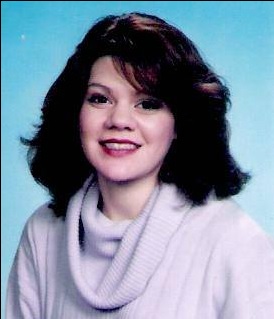 Born in Brooklyn, New York and raised in eastern Long Island, I always enjoyed writing and made several contributions to my high school literary magazine, The Lion’s Pen. Influenced by writers of epic novels including Colleen McCullough and James Clavell, I gravitated to creative writing. After graduating from New York University with a BA in Liberal Arts, I tried my hand at conventional jobs but always returned to creative writing. Since 1998, I have been a freelance writer and have over three thousand articles to various e-zines including: Jazz Times, Blogcritics, Yahoo Voices, Goodreads.com, Authors and Books (books.wiseto.com), TheReadingRoom.com, Amazon.com, Epinions.com, Fictiondb.com, LibraryThing.com, BTS emag, BarnesandNoble.com, RomanticHistoricalReviews.com, AReCafe.com, Hybrid Magazine, and BookDepository.com. In 2013 and 2014, I was a judge in the Orange Rose Writing Competition sponsored by the Orange County chapter of the Romance Writers of America located in Brea, California.
Born in Brooklyn, New York and raised in eastern Long Island, I always enjoyed writing and made several contributions to my high school literary magazine, The Lion’s Pen. Influenced by writers of epic novels including Colleen McCullough and James Clavell, I gravitated to creative writing. After graduating from New York University with a BA in Liberal Arts, I tried my hand at conventional jobs but always returned to creative writing. Since 1998, I have been a freelance writer and have over three thousand articles to various e-zines including: Jazz Times, Blogcritics, Yahoo Voices, Goodreads.com, Authors and Books (books.wiseto.com), TheReadingRoom.com, Amazon.com, Epinions.com, Fictiondb.com, LibraryThing.com, BTS emag, BarnesandNoble.com, RomanticHistoricalReviews.com, AReCafe.com, Hybrid Magazine, and BookDepository.com. In 2013 and 2014, I was a judge in the Orange Rose Writing Competition sponsored by the Orange County chapter of the Romance Writers of America located in Brea, California.


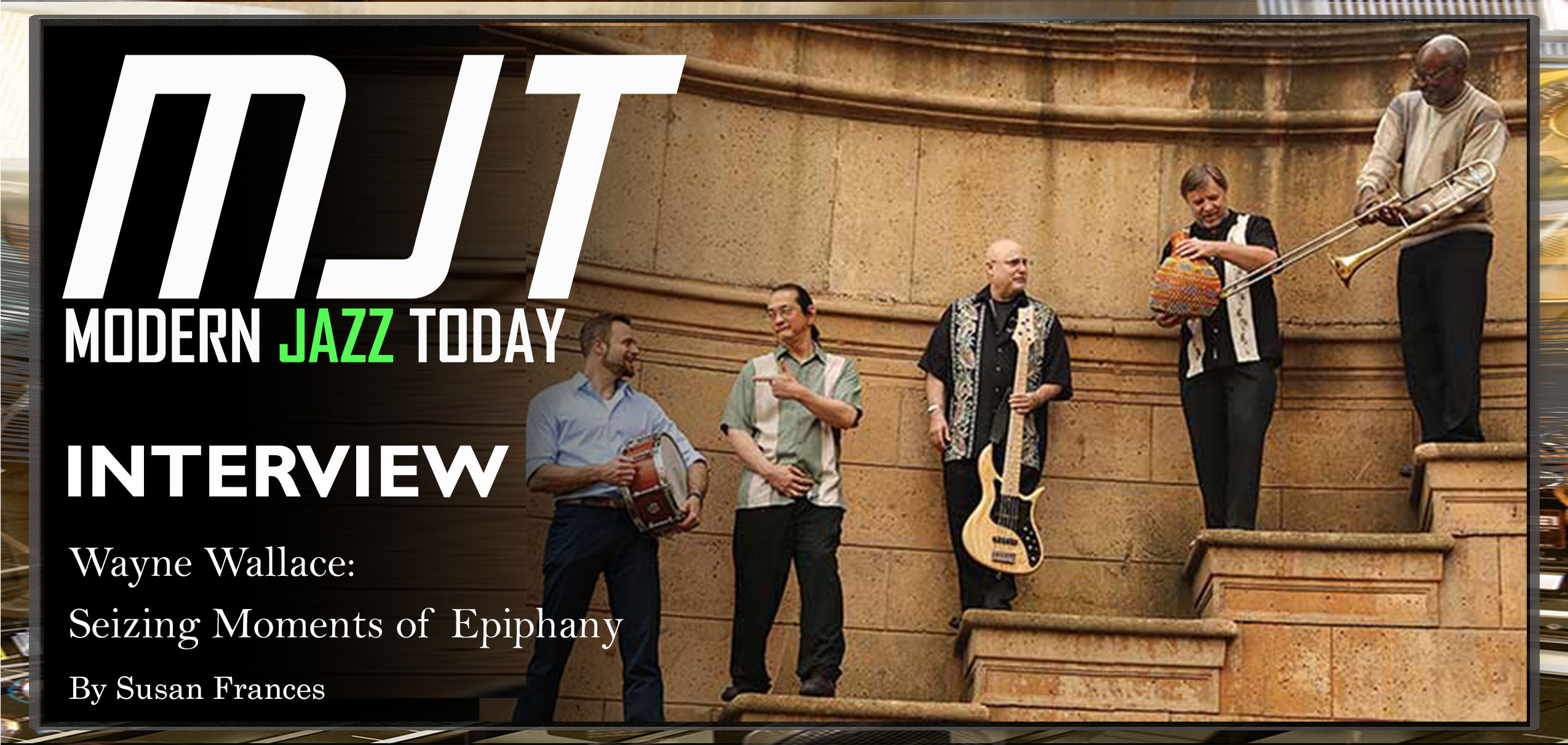


No Comments